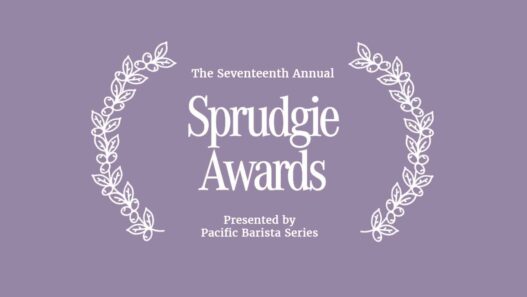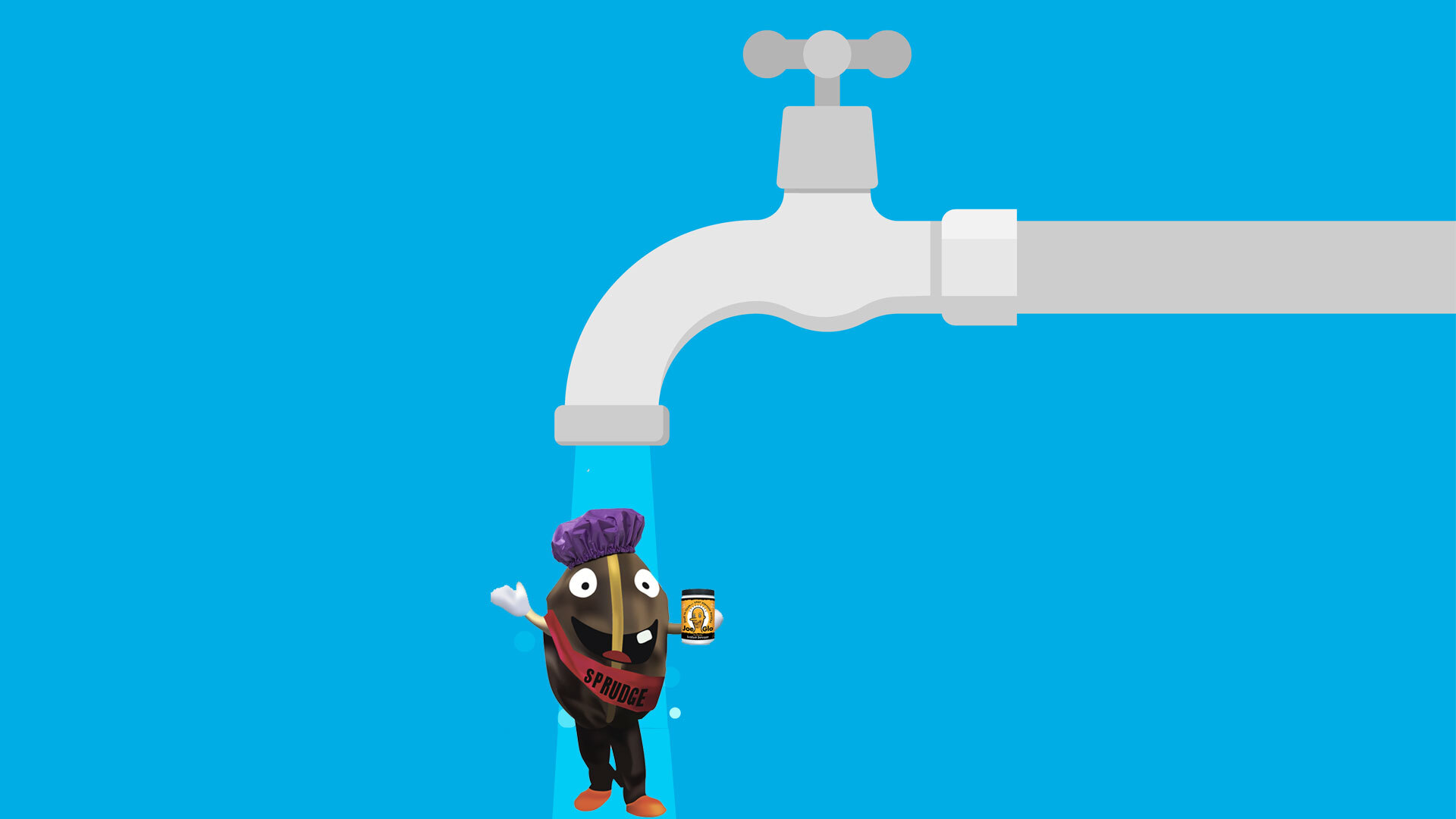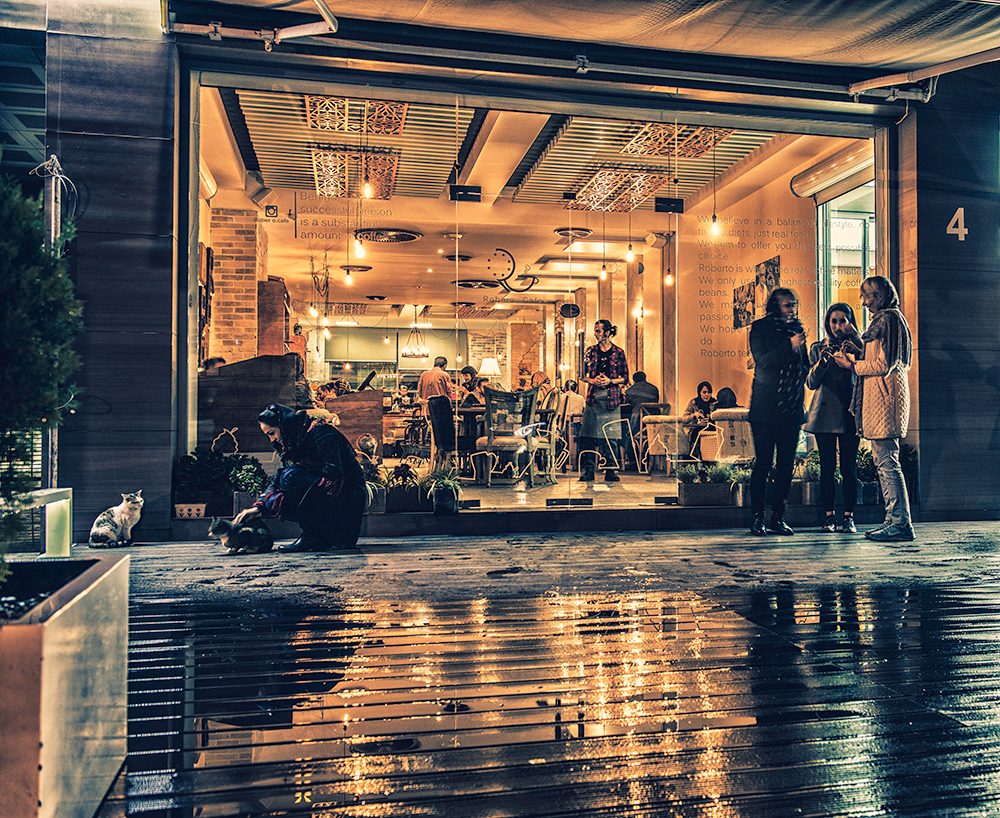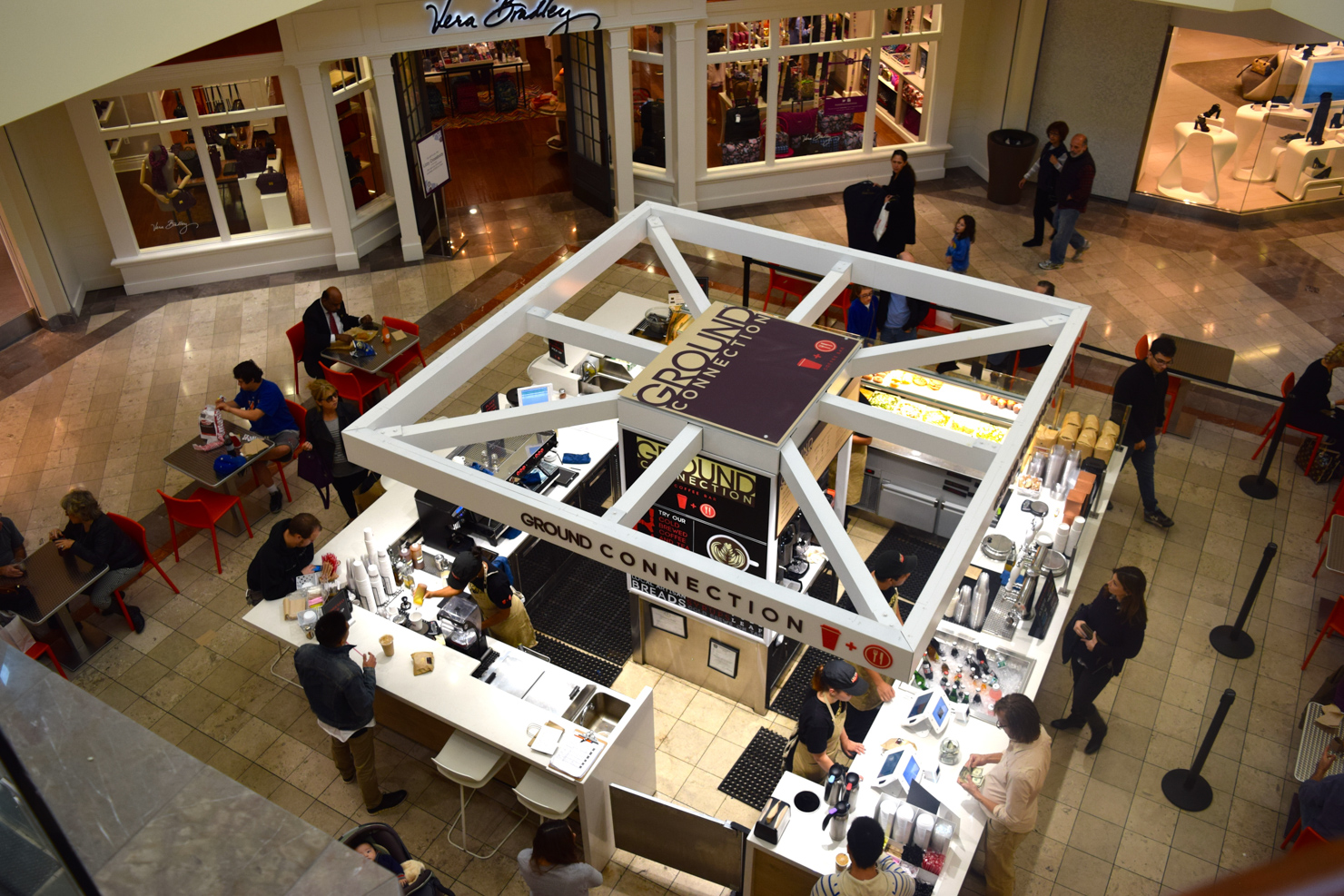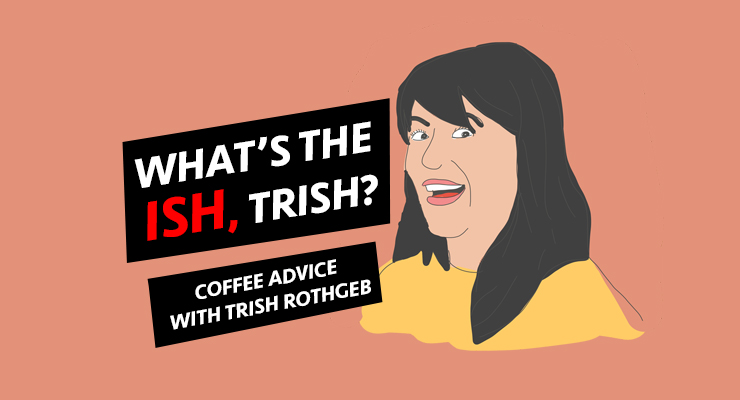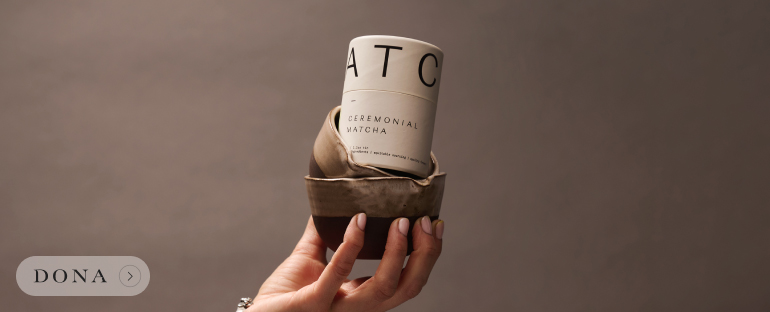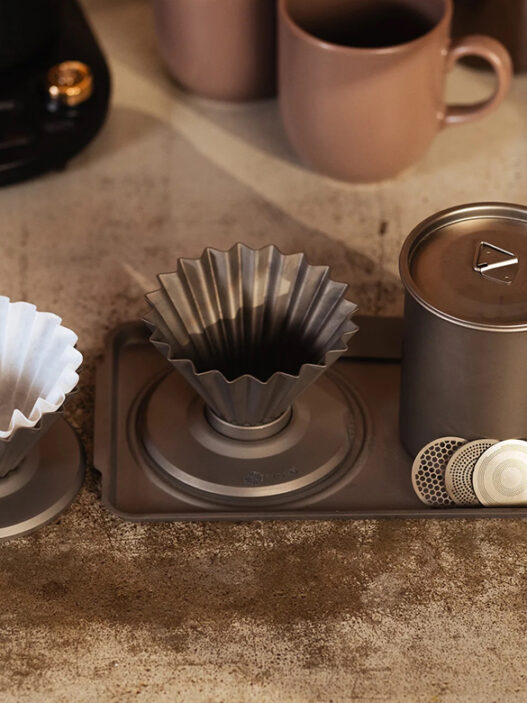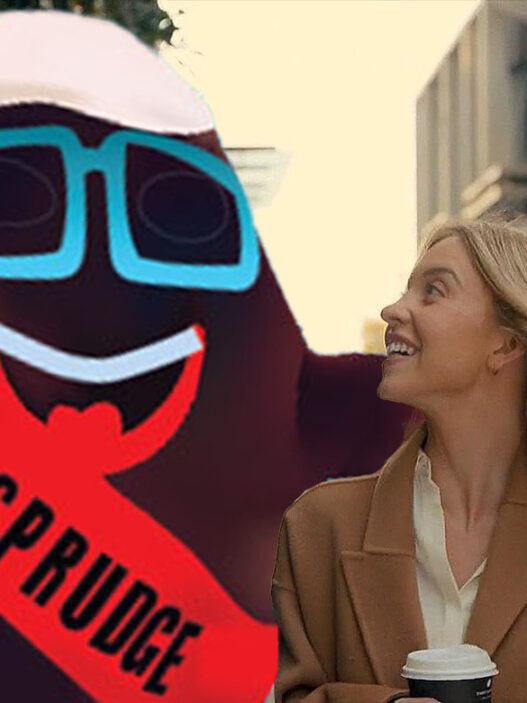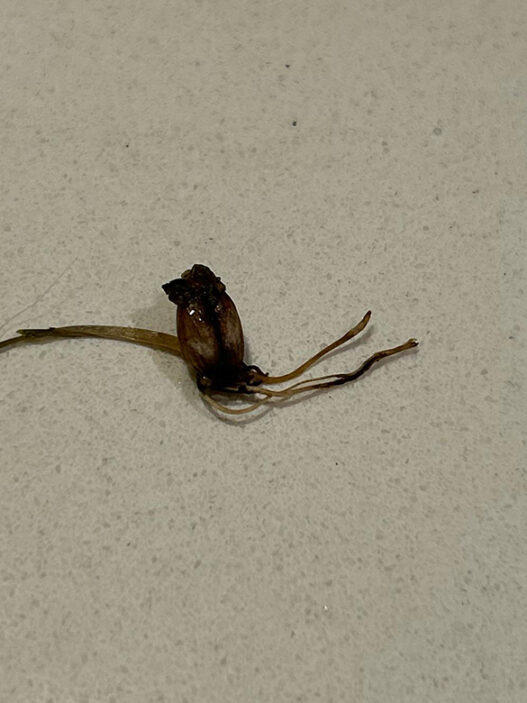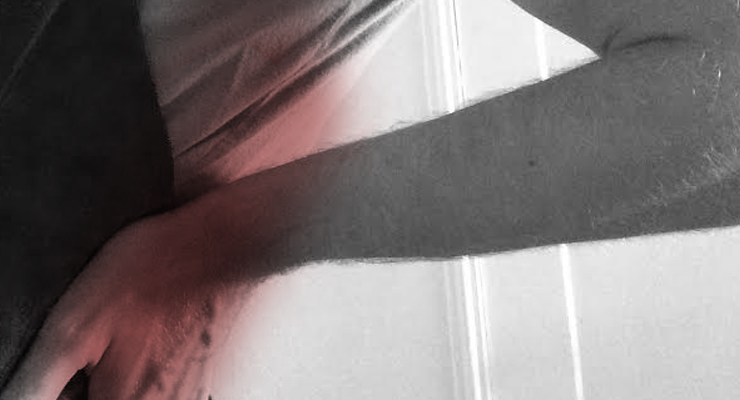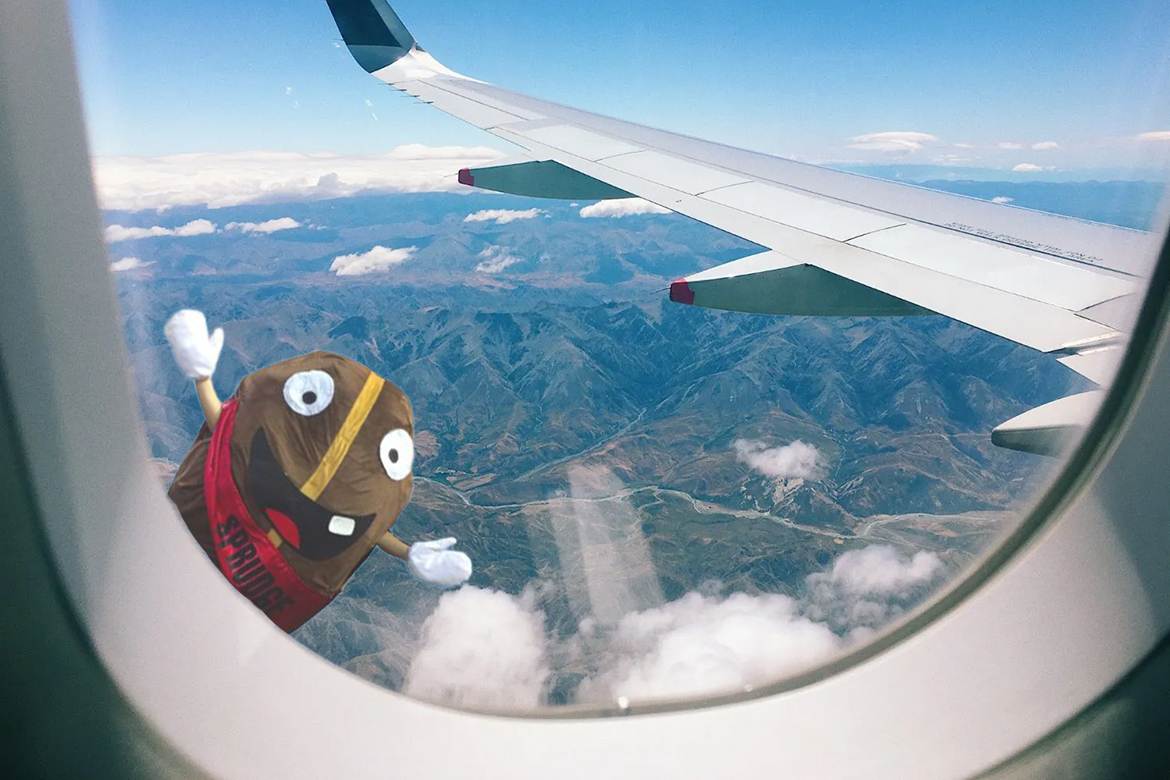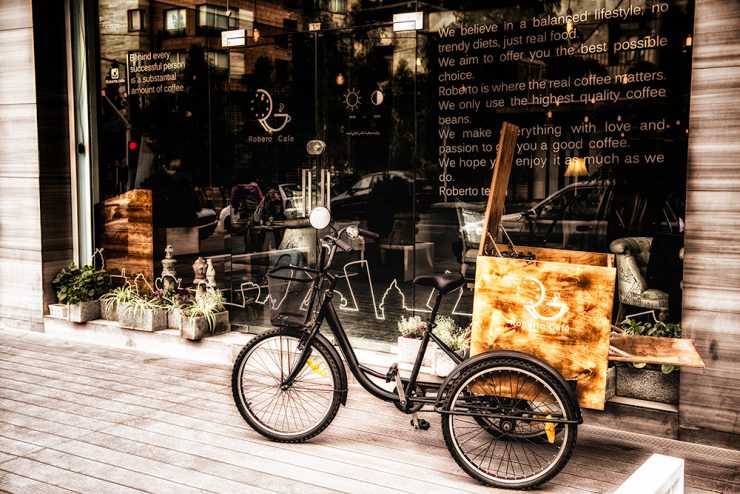
Passing through the Second Boustan Alley of Pasdaran Avenue, pedestrians and cars may notice a tricycle at the corner, with a wooden box at the back full of take-away coffee cups. This is not the only thing that attracts passengers. The full-glass door, exposed lamps hanging with long wires from the ceiling, chitchatting young girls and boys sitting at the tables, and very well-dressed waiters and waitresses coming and going to the tables, all invite the passengers to step in and have a cup of coffee at Roberto Café.
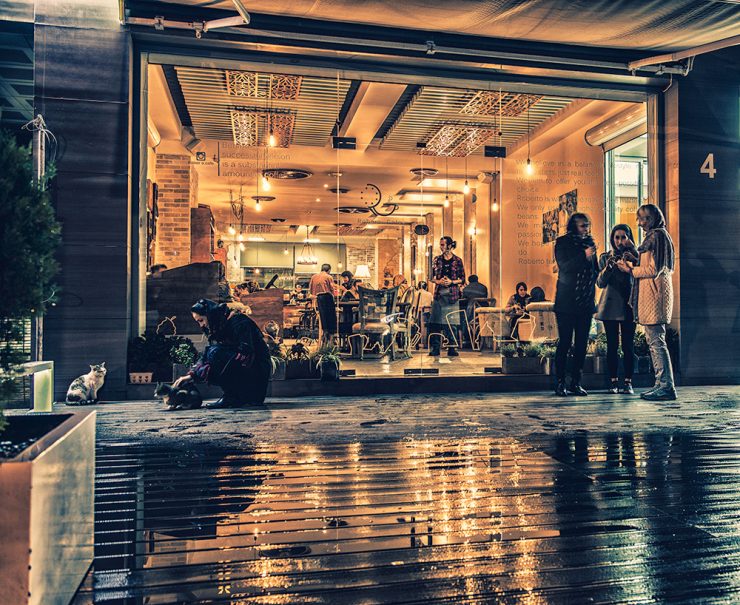
We are in Pasdaran Avenue, a northeastern neighborhood in Tehran which was known as “Saltanat Abad” (Monarchy neighborhood) before the Islamic revolution. Show a picture of the entrance of the Roberto Café to as many people as you like, and no one would guess this cafe is in Iran. Most of the writings on the cafe’s glass door are in English: inspirational quotes, advertisements about coffee, and quotes on lifestyle and quality of life. That tricycle in front of the cafe reminds you of independent cafes in Manhattan or Brooklyn. But once you enter the cafe, you see girls and women in the typical dress code of Iranians, representing a wide spectrum from colorful manteaus and woven scarves to chador and other official head coverings. Without knowing it in advance, women in chador receive a special discount when they go to pay their bill.
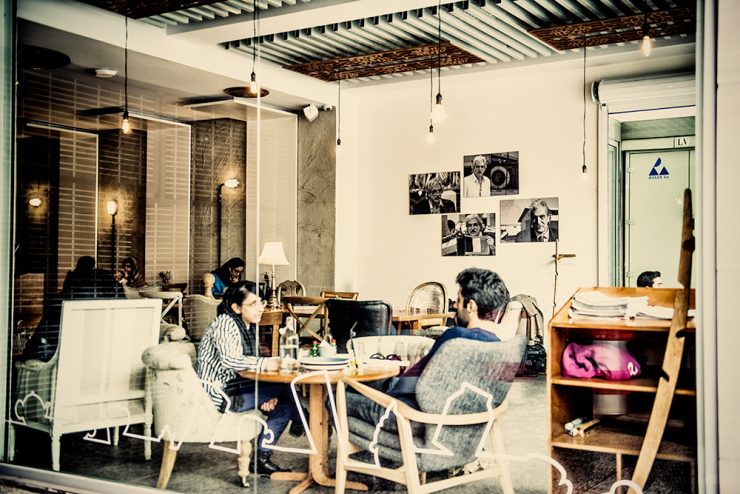
There are several pictures on one of the cafe walls showing a nice looking old man with a mustache smiling for the camera. A barista told me excitedly that he is “Roberto”, an Italian oil businessman and owner of a big trade holding who never stopped buying oil from Iran through all of the years of the Western sanctions against us. Confirming the barista’s remarks, the cafe manager explained: “In fact, setting up the cafe was an act of appreciation to this oil businessman for his attempts to keep on his oil trade with Iran under the sanction conditions, despite all of the risks.” The great holding has an Iranian party now, and owns the big building where the cafe is located.
Putting Roberto’s name on the cafe was not without hassle. Based on Iran’s regulations, cafes, restaurants, and shops are not allowed to choose non-Farsi names; however, it is alright to write names of brands in English. It led to the closure of Roberto Cafe for some days a couple of months ago. To solve the issue, cafe managers decided to change “Roberto” to “Robarto“—which means “Facing to you” in Farsi. After some weeks when the dust settled, Robarto gave way to Roberto again.
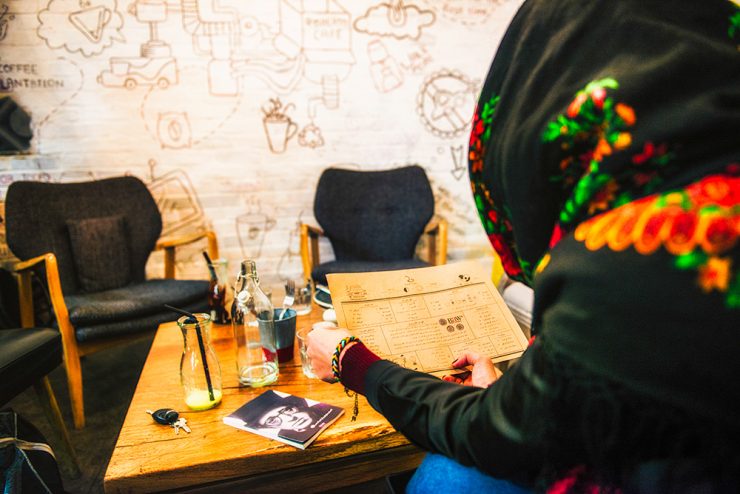
Espressos served in Roberto Café are made on a Dalla Corte machine, using beans from RAW Coffee, a well-regarded roaster based in the United Arab Emirates. Cafe managers at Roberto tried the best commercial coffees available in Iran’s market, but still they wanted a higher quality. Lack of constant availability of these commercial coffees made cafe managers think about import options. Thanks to the holding’s extensive trade with Dubai, an importing relationship has been established with RAW. “We wanted to serve the best coffees for our guests,” says the cafe manager, who declined to be named for this interview so as to not prioritize himself above his staff.
A cement floor, white brick walls, chairs with special shapes, loads of light, and exaggerated use of wood in the internal design—these factors all announce that you have stepped into a contemporary, even “Third Wave” cafe. But the cafe’s cool craft paper menu has no trace of Siphon, Chemex, or V60. “We think we are not ready to serve specialty coffee,” the Roberto Café manager says. “Baristas are learning and we like to start serving Third Wave coffee just when all of the introductory steps are taken.” That means the focus here is on espresso—for now.
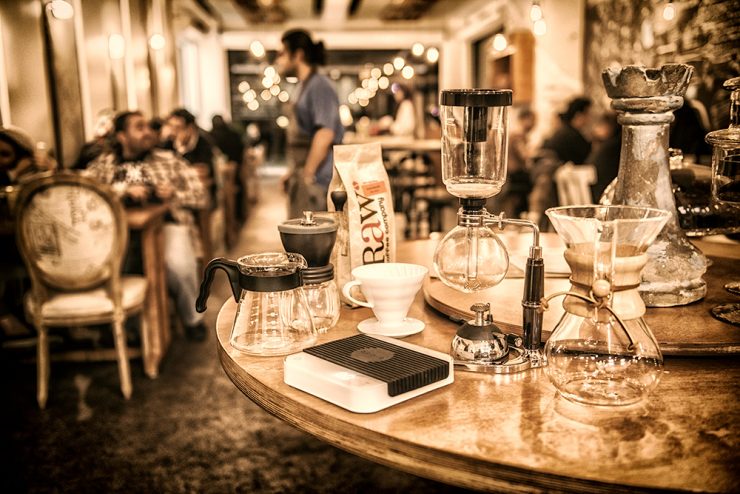
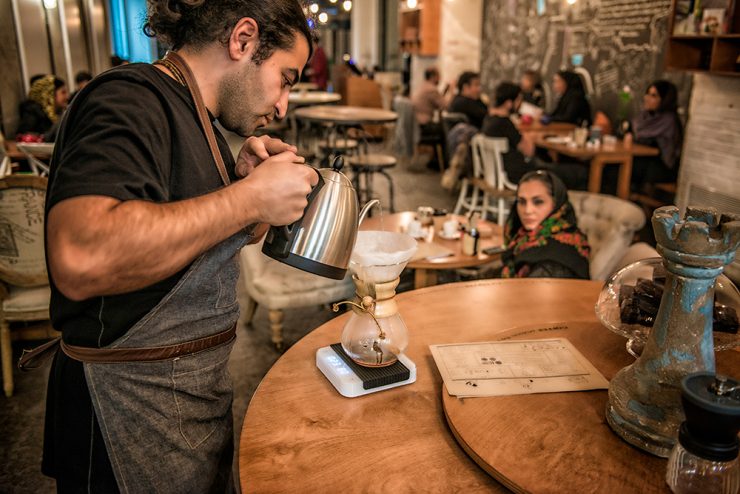
The team at Roberto are currently developing a filter coffee service, and part of the cafe has been allocated to someday become a “slow bar”. Baristas use their free time to practice filter coffee brew methods. A big blackboard is hung on the wall next to these shelves on which phases of processing coffee and its journey from the farm to the cup are depicted. Doodled pictures on the board offer the promise of Ethiopia Yirgacheffe coffee brewed on a Chemex, available someday soon. Excitement for the pour-over bar is building, and images of these doodles on the cafe’s Instagram have been liked more than one thousand times.
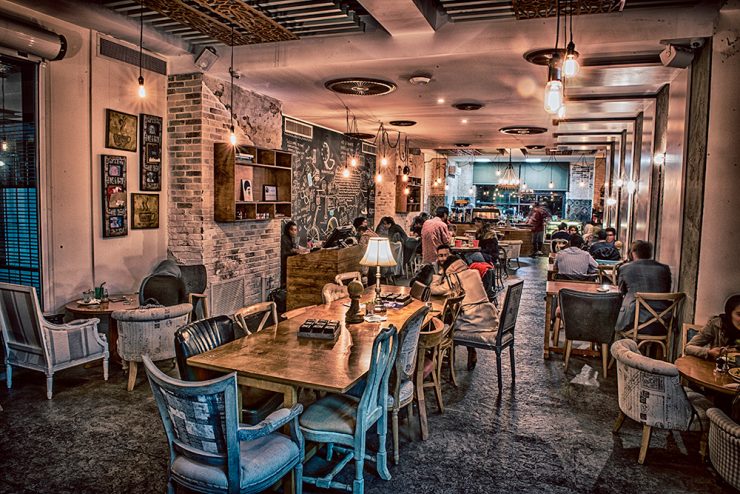
You can find a book on every table at Roberto. Before the modern age of social networks, libraries and book-lending services were an integrated part of Iran’s cafe and coffee shop culture. Instead of scrolling their phones and tablets up and down, people used to take a book off of a shelf and read through some pages while they were sipping their coffees. Gone are those years, but Roberto Café nods to a collective nostalgia by offering a book on each table, to take our eyes away from the mobile screens and turn our heads from Facebook and Instagram to paper pages. Titles of the books show that the Roberto Café is keen on revealing the cultural roots of Iranians.
I asked about the tricycle in front of the cafe. The café manager answered that they were planning to cycle it around the neighborhood to serve coffee. We should wait to see whether this fancy idea can be ever practical in the always busy Pasdaran Avenue. But, even if it never moves, the tricycle can always invite passengers to drink a shot of God at the Roberto Café.
Safa Haratian is a Tehran-based journalist and the founder of iCoff.ee, the leading Iranian coffee publication. Read more Safa Haratian on Sprudge.
Photos by Hadid Golad.




